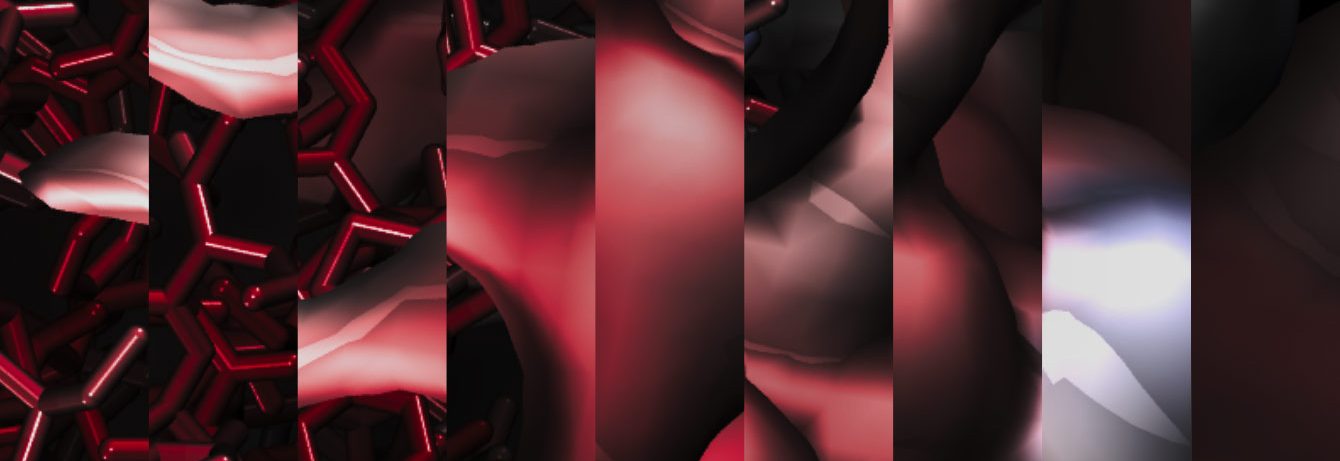Aktuelles

Proteins under shear flow
Shear flow, as it occurs for example in blood vessel, is an alternative way of subjecting proteins to forces for signalling …
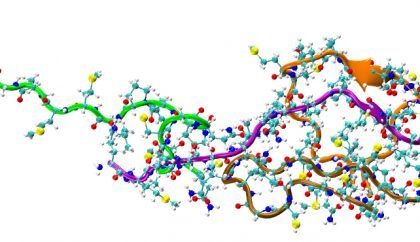
Extremely elastic proteins
The ultimate properties of proteins with respect to their ability to be force-reactive, are coarsely described by their capacity to withstand …
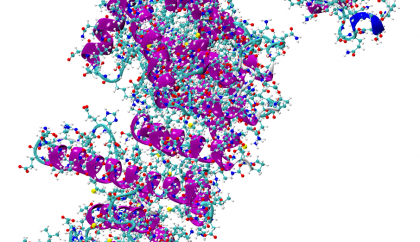
Interaction between intrinsically disordered proteins and structured partners
On the line of maturing new understanding of the factors regulating the correct dynamics of intrinsically disordered proteins in solution, one …
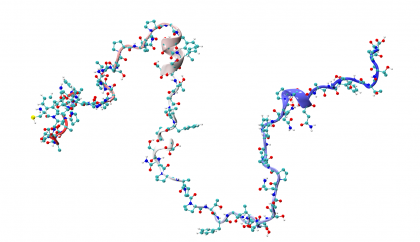
Conformational dynamics of intrinsically disordered proteins
Intrinsically disordered proteins (IDPs) lack, by definition, of a well-defined three-dimensional structure and therefore explore a much larger conformational ensemble with …
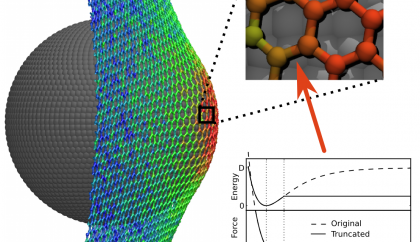
How graphene sheets respond to force
Bogdan and Frauke have published two back-to-back articles (one together with the former member of the MBM group Dr. Ilona Baldus) …

Die Kraft, die im Molekül steckt
Dr. Frauke Gräter, Leiterin der Forschungsgruppe „Molecular Biomechanics“ am Heidelberger Institut für Theoretische Studien (HITS), erhielt jetzt die W3…

Was Proteine stabil macht
Richard Henchman (University of Manchester) erforscht mit Computersimulationen die verschiedenen Faktoren der Stabilität von Proteinen – Forschungsaufenthalt am Heidelberger Institut fü…
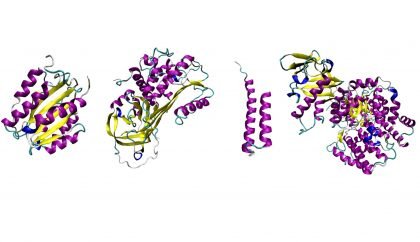
Protein-Origami: Schneller falten ist besser
Die Entwicklungsgeschichte der Proteine zeigt, dass Proteinfaltung ein wichtiger evolutionärer Faktor ist. Vor allem die Faltungsgeschwindigkeit spielt dabei eine groß…
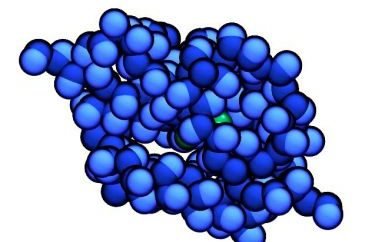
Wenn das Blut zu dick wird
Forschungsgruppe am Heidelberger Institut für Theoretische Studien (HITS) entdeckt den molekularen Mechanismus für Thrombose und Bluterkrankheit „Blut ist dicker …
